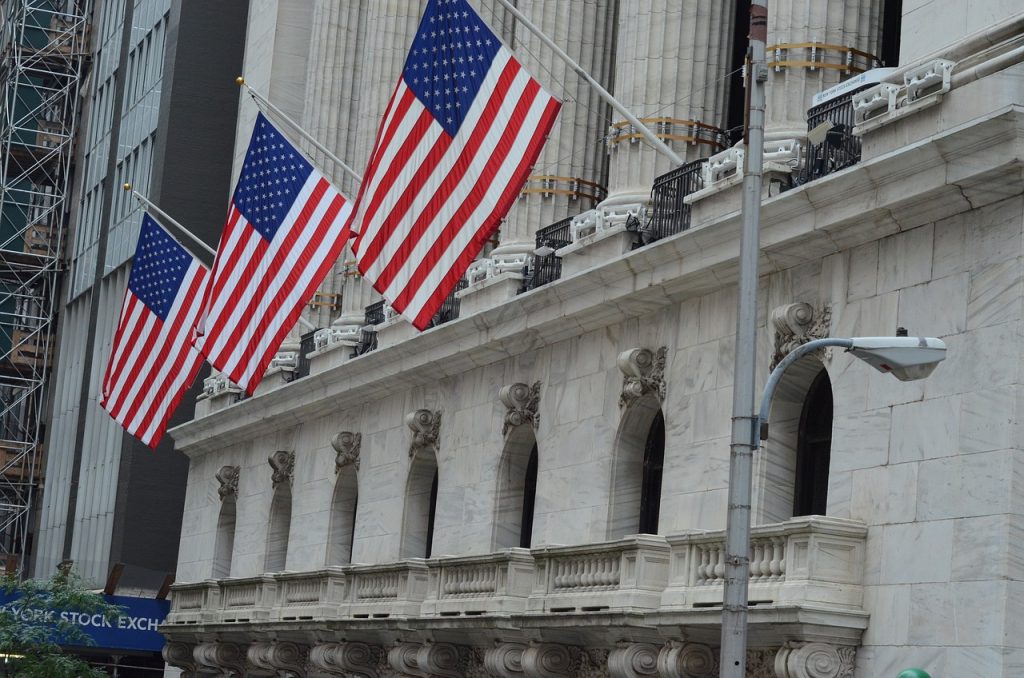Market Overview
On Friday, the S&P 500 Index ($SPX) (SPY) decreased by -0.32%, the Dow Jones Industrials Index ($DOWI) (DIA) fell -0.48%, while the Nasdaq 100 Index ($IUXX) (QQQ) gained +0.08%. September E-mini S&P futures (ESU25) dropped -0.35%, while September E-mini Nasdaq futures (NQU25) increased by +0.04%.
Market Reaction to Economic Data
Initially, stocks saw a rally following a disappointing US unemployment report, reinforcing expectations for at least two Federal Reserve rate cuts by the end of the year. However, the market sentiment shifted to negativity amid concerns regarding a potential recession-induced decline in US corporate earnings.
Employment Report Insights
The August payroll report showed an addition of only +22,000 jobs, significantly below the forecast of +75,000. The average monthly job gains over the last three months fell to +29,000. The July payroll figure was revised upward slightly to +79,000, while June was revised down to -13,000. Private payrolls added just +38,000 jobs, and manufacturing payrolls decreased by -12,000. The unemployment rate rose by +0.1 points to 4.3%, marking a 3.75-year high.
Wage Growth and Inflation
Average hourly earnings rose by +0.3% month-over-month, aligning with expectations. In a positive shift for inflation, the August year-over-year average hourly earnings growth eased to +3.7% from +3.9% in July, slightly lower than the anticipated +3.8%.
Interest Rate Speculation
The 10-year T-note yield fell -7 basis points due to the weak unemployment data, with markets now pricing in a 9% chance of a 50 basis point rate cut at the upcoming FOMC meeting on September 16-17. After a widely anticipated -25 basis point cut, the likelihood of a second similar cut on October 28-29 has increased to 84% from 54% late Thursday. Overall, markets expect a cumulative -73 basis point cut in the federal funds rate by year-end.
Tariff Developments
A federal appeals court ruled that President Trump exceeded his authority by implementing global tariffs without Congressional consent, yet the tariffs will remain in effect while appeals are processed. The case appears headed to the Supreme Court for a final ruling. According to Bloomberg Economics, if the rates are applied as announced, the average US tariff could rise to 15.2% from 13.3%, significantly higher than the 2.3% forecast for 2024 prior to the tariff announcements.



